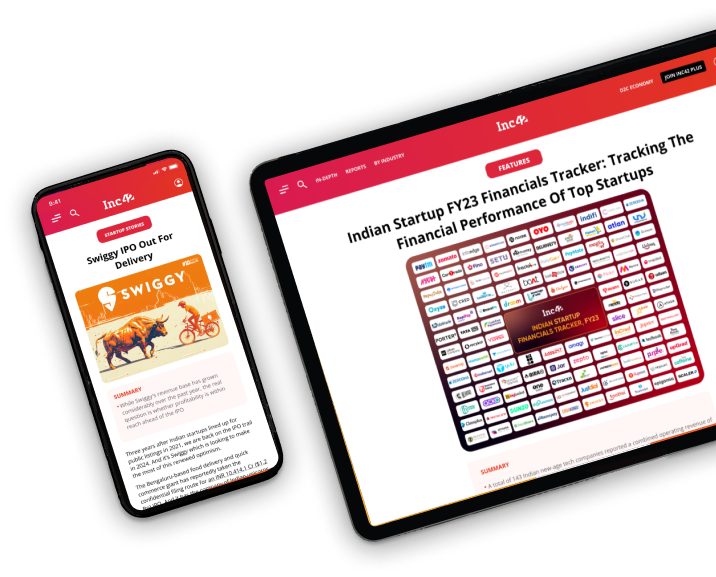
Ecommerce revenues grew by 77% year-over-year in May to generate $82.5 Bn in revenues, Adobe Digital Economy Index
Adoption of AI and NLP in marketing has gone up from 29% in 2018 to 84% in 2020
Leaders and decision-makers would do well to design AI-based solutions with a people-first mindset
Covid-19 has been bad news on many fronts – health, of course, and economy too. Lockdowns and social distancing for prolonged periods across the globe have had a deeper impact than any other catastrophe has had over the last several decades.
However, this period was not without its ray of hope. There were noticeable trends including a boost for remote working and faster adoption of digital transformation. According to Adobe Digital Economy Index, ecommerce revenues grew by 77% year-over-year in May to generate $82.5 Bn in revenues. In comparison, the holiday season in 2019 only saw revenues of $142.5 Bn dollars from November 1st to December 31st, clocking an increase of just about 13% year-over-year.
Having said this, B2C companies including those in ecommerce faced many challenges including:
- Demand fluctuations due to lockdowns
- Managing working capital dynamics and predicting short term cash needs
- Managing their workforce, their health, safety as well as earnings
- The impact on long-term supply due to disruptions in SCM across geographies and sub-sectors
- Changing consumer preferences
With resource crunch and unpredictable supply-chain conditions, B2C entities need digital technologies such as artificial intelligence and machine learning for innovative supply-chain and marketing strategies.
According to the State of Marketing Report 2020 edition, a survey of 7,000 marketing leaders worldwide conducted by Salesforce Research, adoption of AI and NLP in marketing has gone up from 29% in 2018 to 84% in 2020. There is no doubt that using AI, ML, and NLP-based digital tools can empower B2C businesses in several ways.
Benefits Of AI/ML In The B2C Context
Improve Sales
of different products and identify the ones where the energies can be focused to improve the efficiency and productivity of the sales team. This can help with designing focused marketing strategies for the products that perform poorly to boost their sales and improve the overall revenue of the company.
Understanding The Voice Of Customers
Text analytics tools based on AI and ML can help listen to customers’ chatter on social media and other forums to gather their feedback and reviews, categorize them, and gain insights. Products can be designed, developed, and improvised based on these inputs.
Match Supply With Demand, Using Predictive Analytics
Access to Big Data can be leveraged with AI solutions that can analyze the data to predict demand and improve the supply chain to meet the needs. This will have an impact by reducing wastage, inventory as well as costs. It will also improve customer service by enabling B2C enterprises to provide the products and services their customers are seeking in a timely manner.
KYC Automation
For retail bankers, Know Your Customers is a very key process that can be entrusted to an AI-based solution. This can speed up the process as well as free up resources to pursue their marketing and customer service activities.
Fraud Detection
Fraud detection can be faster, easier, and accurate with AI-based solutions. Humans can find it challenging due to high traffic and large data to monitor. Machine learning improves versatility as well as reduces the cost of fraud detection.
Handling The Back-Office
Some routine back-office processes such as canceling orders, new credit cards, and issuing refunds can benefit from having AI-based automated solutions. Using robotic process automation (RPA) can help deal with structured tasks when combined with machine-learning and speed up the response.
Predicting Cash Flows
In the post-Covid-19 era, cash flow is going to play a crucial role, and planning for it will be one of the key tasks for those running and managing B2C enterprises. With the data available and by creating the correct data models, AI-based analysis can help predict the trend and plan accordingly.
Improving Responsiveness To Customers
Servicing customers can improve by several nautches with the use of AI/ML technology for improved communication, complaint handling, and prompt response to queries. Cross-selling and upselling based on customers’ past and current purchases will also help improve sales and customer delight.
Pricing Strategy
Different customers have different priorities when making purchases. While for some the price matters, for some others, it could be a combination of products at an optimal price point. AI can be used to create strategies based on these behaviors to drive sales and improve revenues.
Retail Display Strategy & Catalogue Strategies
In physical retail, display plays a critical role in triggering a purchase. AI can be used to optimize store layout to promote the sale of products through the optimal display. E-commerce sites can also use these models to classify their products better as well as create promoting for them better. Of course, recommendation engines already use AI and ML to predict the right products based on personal preferences.
Each of the 10 benefits above helps in dealing with customer volatility, reducing customer churn, and spotting new behavioral trends. Capturing real-time data about customers is critical to spotting volatility early on. Building data models based on inputs from a range of data sources including your CRM, complaints management solution, and customer experience tools is critical. If volatility is spotted early on, it is easier to take action and adopt a new game plan.
A Capgemini survey of retail executives shows that technology can help B2C enterprises save up to $340 billion each year, of which 80% will be from the use of AI to improve supply chain and returns. Chatbots and self-checkout services were also among the key drivers of growth for retailers.
In the post-Covid-19 era, AI has become even more relevant to B2C businesses and can help them circumvent the uncertainties created by the resource crunch as well as deal with the new normal better. It is important to use AI and ML as a catalyst to improve and enhance the lives of people, consumers, and employees. Leaders and decision-makers would do well to design AI-based solutions with a people-first mindset.































 Ad-lite browsing experience
Ad-lite browsing experience